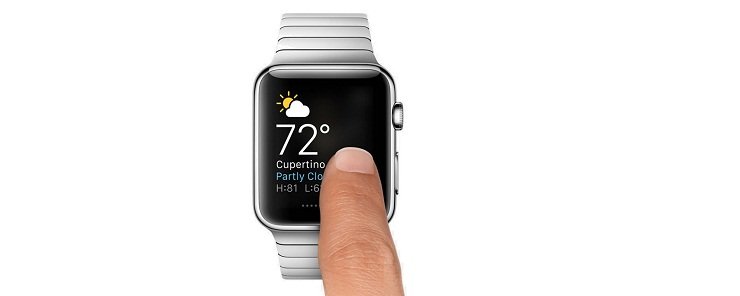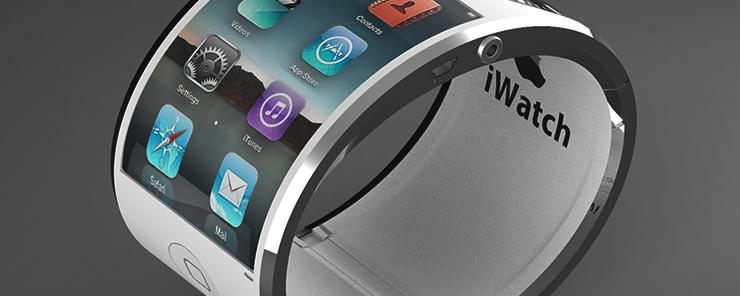The Apple Watch is the latest technological wonder from Apple, and with it, you can seamlessly integrate your iPhone with your wrist, making accessing your pictures, music, calendar, and a host of other applications quick and easy while you’re on the go. So, for those of you looking to program for the Apple Watch, what special considerations should you keep in mind before you begin?
The great thing about coding for the Apple Watch is that the WatchKit already knows what is needed in the Xcode screen for it to work. Once you add the WatchKit toolbar to your Xcode window, it should instantly be ready to reference the necessary code for you to code 3rd party apps to your watch.
How they Work Together
Xcode is extremely compatible with the different toolbars that you can add to a Single Application Window. Much like working with NS Timer, the coding window is set to reference anything that is attached to it, and this includes any toolbars or buttons that you might add from the WatchKit.
Considerations
When working with your code, keep in mind the structure of how things work. Your Watch code will be referenced by a WatchKit application, which in turn will be referenced by your iPhone application. So, in order to make things work properly, you need to code with this structure in mind. In other words, Start from the iPhone and work your way down in terms of storyboarding how the app will send and receive data.
User interactions with the Apple Watch can be varied, but most happen from the home screen. From there, you can access the referenced apps in your phone. Yes, the Apple Watch can have its own, but to truly get the most out of your experience, consider using the iPhone to do the heavy lifting for your coding. With the interactivity of the two, you can start an application on your phone and then continue it on your watch, and vice-versa. This is great for calendar, music, and fitness applications. Just consider that the user’s ability to interface with the watch won’t be as robust as it will be with the phone. The screen is smaller, and the watch isn’t designed to be a full-on application hub. Instead, its structure somewhat demands that you reference more complex applications from another source.
Full-app experience with multiple pages

The Apple Watch is still capable of having a complete application experience. In fact, you can get pretty creative with the screen, and with a quick swipe, you can work with multiple pages in your apps. Consider the screen and the user’s need to move through your app. Plan this out in your storyboard and consider how much frustration and memory will be involved in navigating your phone. Also, remember that when swiping, you have more than one direction. This helps to open up your options and keep your mapping easier to follow.
Glances read-only option
When working with the Apple Watch, it is expected that certain activities will require you to be active. As a result, you may be in a position where you will need to keep your app in read-only. This means that you will need to make good use of a timer application, or that you will have to run the majority of what happens on your phone. Many apps for the Apple Watch have a read only setting so that they won’t be accidentally shut off when you’re doing other things.
Custom notification interfaces
Because different people use their watches in different ways, you can often times customize your app experience to meet your needs. In other words, you can change the size of your icons, manage what types of apps are easily available, and work to set things to read only at a glance. This makes for a more user-friendly watch, and also means that your level of frustration with the Apple Watch will be low once you get it set the way you want it to be.
Easy user interfaces
Again, you want your user interface to be simple due to the size of your watch screen. Since you have limited screen size to work with, the easier the interface, the better the app. The Apple Watch comes with a variety of easy to navigate applications, but if you’re developing as a 3rd party, keep in mind that the flow of the watch is meant for quick and easy access.
Create complementary experience
The biggest thing to remember about the Apple Watch is that it is meant to work in conjunction with your phone. As a result, you will want to create a truly complementary user interface. If your app works on the phone, make sure there’s a reason for that ability. What does your phone give you that your watch would not, and vice versa? If you keep this in mind, then your apps will truly be an immersive experience regardless of how you get to them.
Challenges
It’s one thing to talk about what you can do with the Apple Watch, but it’s another thing to get into the Swift coding language and do it for yourself. If you’re looking to break into coding and want some fun exercises, consider the following video:
This will give you a solid base to work from, and will also help to challenge you when you set about coding for your Apple Watch applications.
The Apple Watch is an incredible tool for you to take advantage of. You’ll find that once you truly get into the immersive experience of coding for your phone and your watch, your coding abilities and creative spirit will be challenged like never before. The Apple Watch is ushering in a new era of interactivity, and as we continue to learn more about it and what it can truly do, the possibilities for us as coders will only increase with time.





